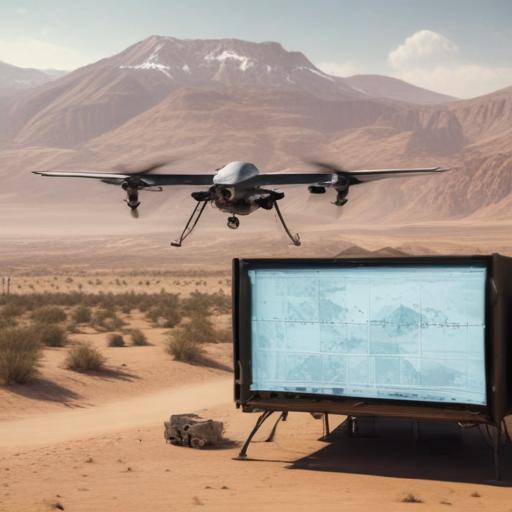During a news conference at the Pentagon on Thursday, Defense Secretary Pete Hegseth and Gen. Dan Caine, the chairman of the Joint Chiefs of Staff, discussed the planning and execution of U.S. airstrikes on Iranian nuclear facilities, providing some of the most detailed information from the Trump administration to date. However, they did not present new evaluations regarding the status of Iran’s nuclear program or the extent of damage to the targeted sites, directing those inquiries to the nation’s intelligence agencies.
While Hegseth did not reinforce President Trump’s claims that the strikes “obliterated” the facilities—an assertion that had faced scrutiny—he did address a report from the Defense Intelligence Agency suggesting that the bombings had only temporarily delayed Iran’s nuclear ambitions. Hegseth used the platform to criticize media coverage of Trump, emphasizing the administration’s achievements, such as recruitment successes within the military.
General Caine took the opportunity to showcase the operational aspect of the airstrikes, illustrating the role of service members involved in the mission, including the development of massive 30,000-pound bombs and the commitment of the bomber crew that carried out a grueling 37-hour mission. He provided insight into the atmosphere at Al Udeid Air Base in Qatar during Iran’s retaliation, noting that only two Patriot missile defense batteries were in place when the missile attack occurred. Caine painted a vivid picture of the tension at the base, remarking on the age of the soldiers present during this critical period.
When asked about any potential pressure to frame the mission positively, Caine, an F-16 pilot, firmly stated that he had not experienced such pressure and would not succumb to it, reflecting a commitment to integrity in reporting operational outcomes.
This conference highlights the complexities involved in military operations and the multifaceted perspectives military leaders must navigate in the political landscape. It serves as a reminder of the delicate balance between military action and diplomatic efforts in the region. As this situation evolves, it will be crucial to monitor the potential ramifications for U.S.-Iran relations and further developments in global security initiatives.
